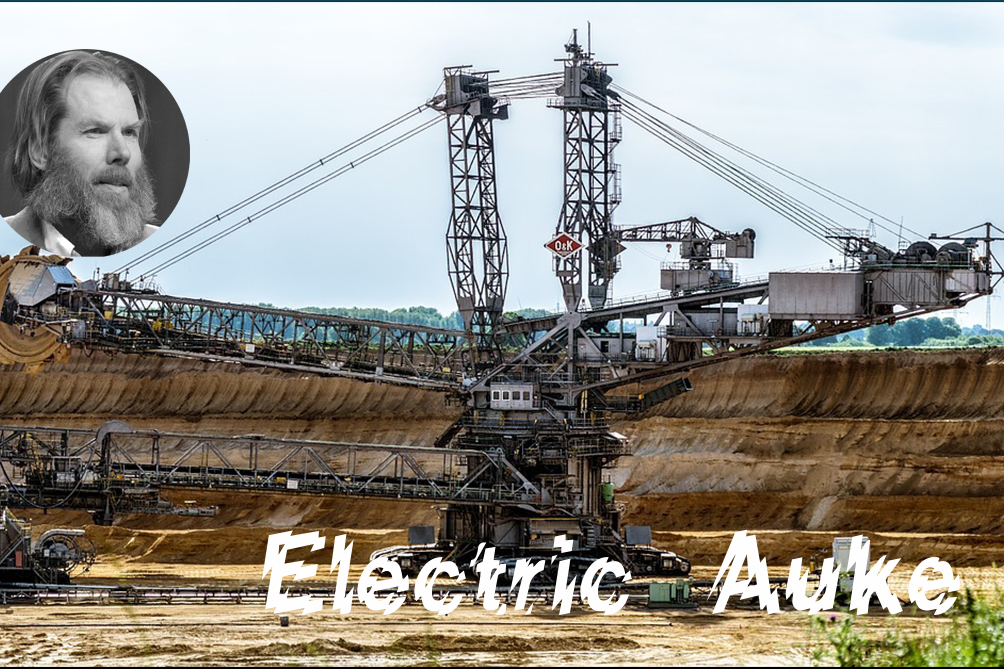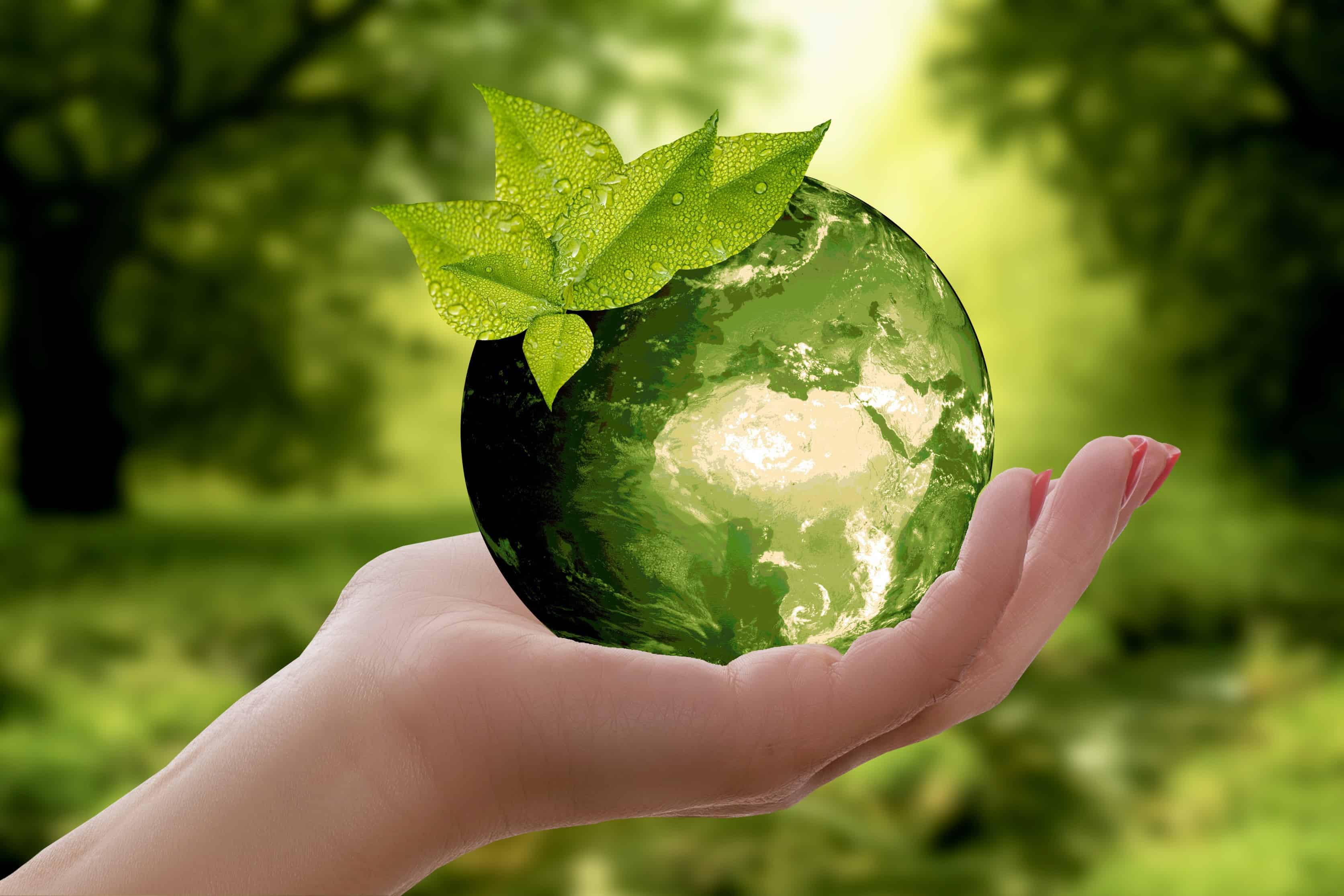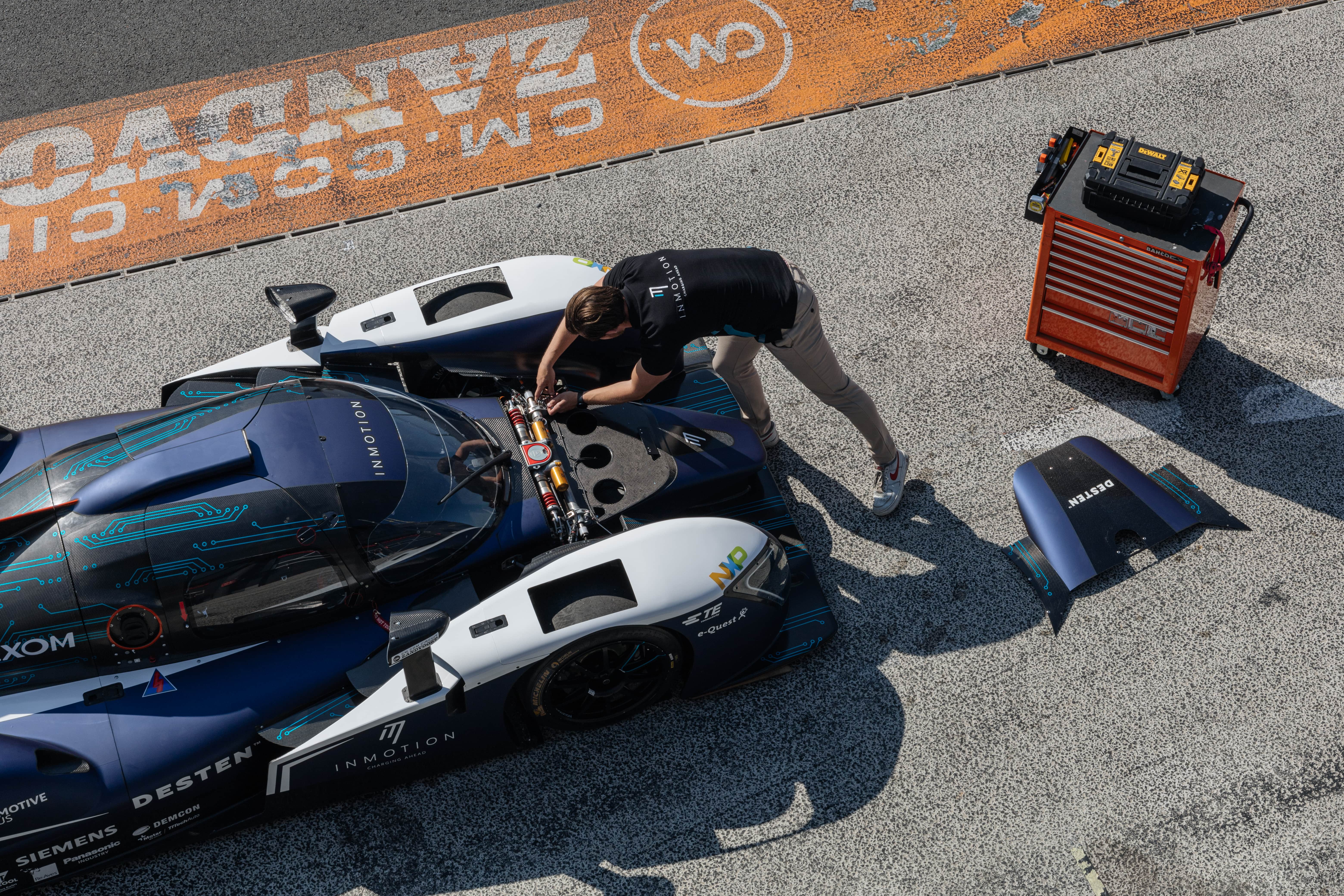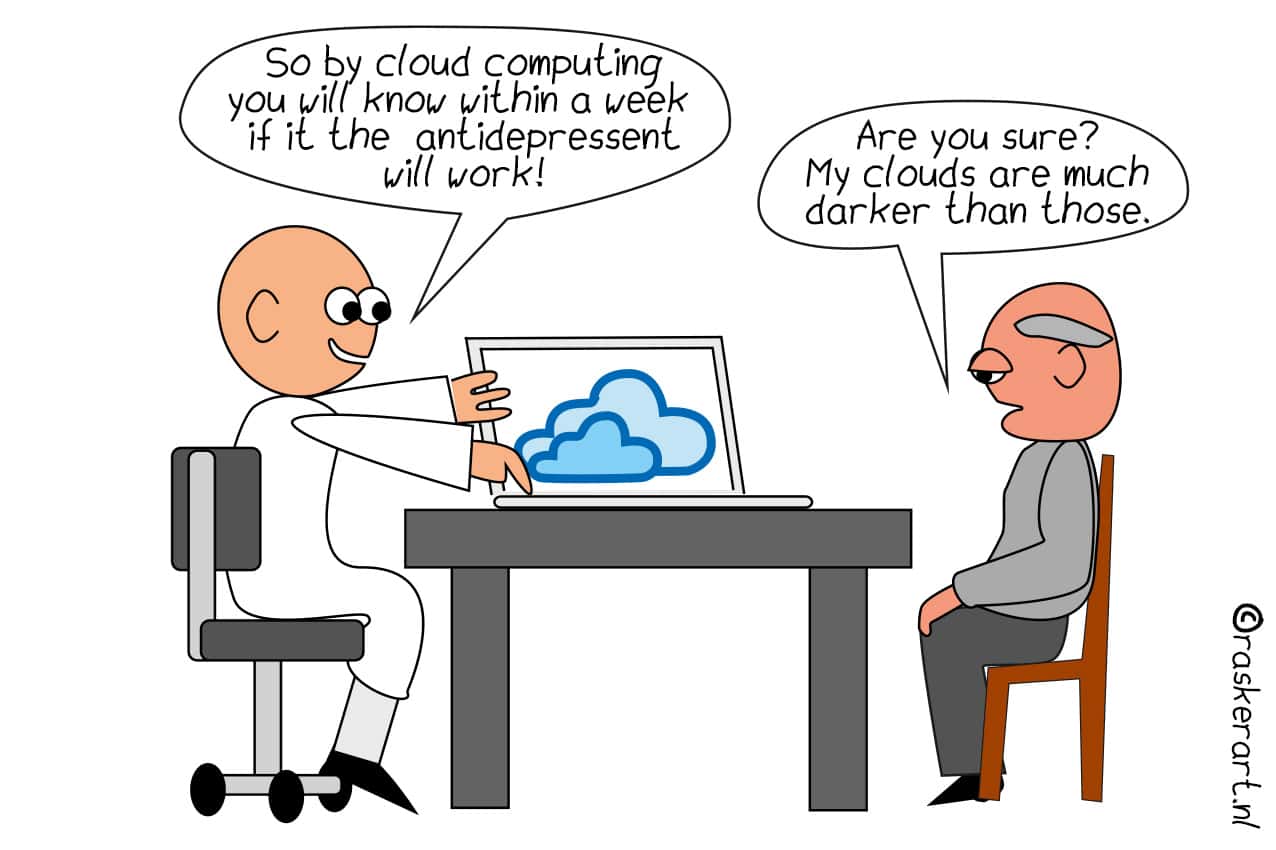
In order to prevent further global warming, countries agreed in the Paris Climate Agreement to emit zero greenhouse gases by 2050. The UK is halfway to meeting this target. They have managed to reduce their emissions by 51 percent compared to 1990, as this analysis reveals.
According to the figures from Carbon Brief, about 11 percent of the reduction was due to the effects of the coronavirus. Working from home meant there was less traffic on the road. Plus, energy consumption was lower due to stores and businesses being closed. When the economy picks up, the expectation is that emissions will slightly increase again.
Auke sits down and takes a seat in front of the large window in the study of his self-designed sustainable home. Now this is news that gets him fired up. “This is really cool!” he starts out. He promptly shares a graph that appears on the screen.

See, so it can be done!
“Look, Britain is well on its way to emitting fewer emissions than at the beginning of the Industrial Revolution. It’s historic that this is happening here, where it all began with the first coal-fired machinery. It just goes to show that you don’t have to emit more carbon to get richer. Or that a larger population inevitably leads to more emissions. This makes me hopeful. We can still turn the tide.”
Another graph pops up on the screen. “This is pretty amazing, isn’t it? 100 years ago England was still powered by fossil fuels. Almost everything came from huge steam engines working on coal. That in terms of CO2 emissions was more problematic than oil and gas, which came later. That big dark gray patch has almost dropped to zero.”
This was thought to be impossible some fifteen to twenty years ago when Auke started to delve into this subject. “The IPCC, (the Intergovernmental Panel on Climate Change from the EU, ed.), you know the ones with the climate models, said it was doubtful that we would be able to get rid of coal any time soon. They had their doubts about solar and wind energy tas well.” Auke puts on a whiny voice: “That’s really difficult and expensive. It’s not easy to get rid of coal, y’know.”
At the words ‘more expensive,’ the Netherlands stopped listening
He cannot suppress a big smile. “Now they’ve almost got rid of it anyway and the introduction of renewables is also increasing substantially,” he says pointing to the yellow area on the graph. Germany and the Netherlands are also using coal or brown coal less and less. “In Germany, they are actually doing very well in these areas too. Although sometimes it still seems like a lot of energy comes from coal-fired power plants. That’s because they look at the existing capacity, i.e., at what all those power plants generate when they’re all running. But if you zoom in, you see that these power stations are not in constant use, so it’s not that bad after all.”
He prefers not to talk about the Netherlands, “that just depressing. Whereas Germany decided to just go ahead and introduce renewables, even though that may have been more expensive to begin with. The Netherlands stopped listening at the words ‘more expensive.’ Now that the Netherlands can see that wind turbines provide energy profitably even without any subsidies, it is expanding its wind farms in the North Sea. Fortunately, but a bit late. It’s also incomprehensible that coal-fired power stations were opened not long ago and are now being bought out.”
Still positive, despite reservations
Although Auke is positive about the halving of Britain’s emissions, he is also aware of the distorted picture of the analysis. “These figures don’t include the emissions from stuff people buy outside of the UK. Since 1990, we have really started to buy much more stuff from abroad. Those emissions from factories that are mainly in China are not factored in then. They really should be. But one product is not the other, so that’s very difficult to measure.”
According to several climate scientists, emissions from air travel and shipping should also be taken into account when calculating the goals set by the climate agreement. This analysis also lacks those figures. Despite this, Auke remains positive. “In China and India, the increase in the use of coal is not as fast as we thought. Generation of renewable energy also continues to grow. The next step is to get rid of oil in our cars and go completely electric, including truck transportation. We could also do with purchasing fewer goods from abroad, that’s not going to make us any less happy.”
If all of this succeeds, Auke says it will come down to driving down the last 10 to 15 percent of emissions.He believes that this is where the major challenge lies. “Making heavy industry sustainable and heating the built-up environment, especially in urban areas, will be difficult. But impossible? No, not at all, but we shouldn’t think that we are already there.”







